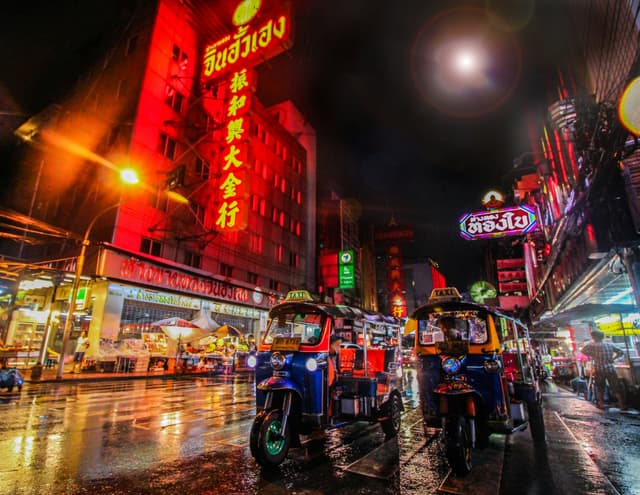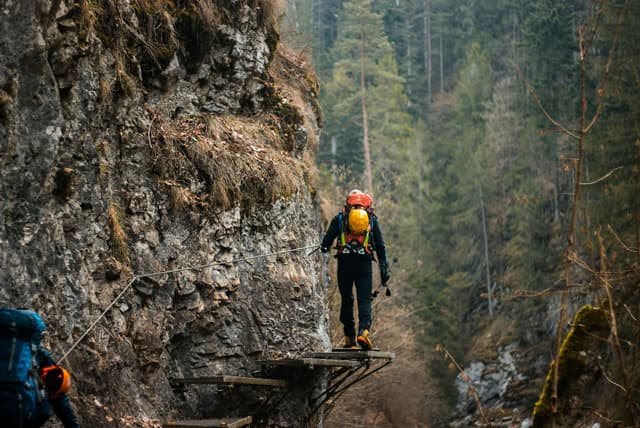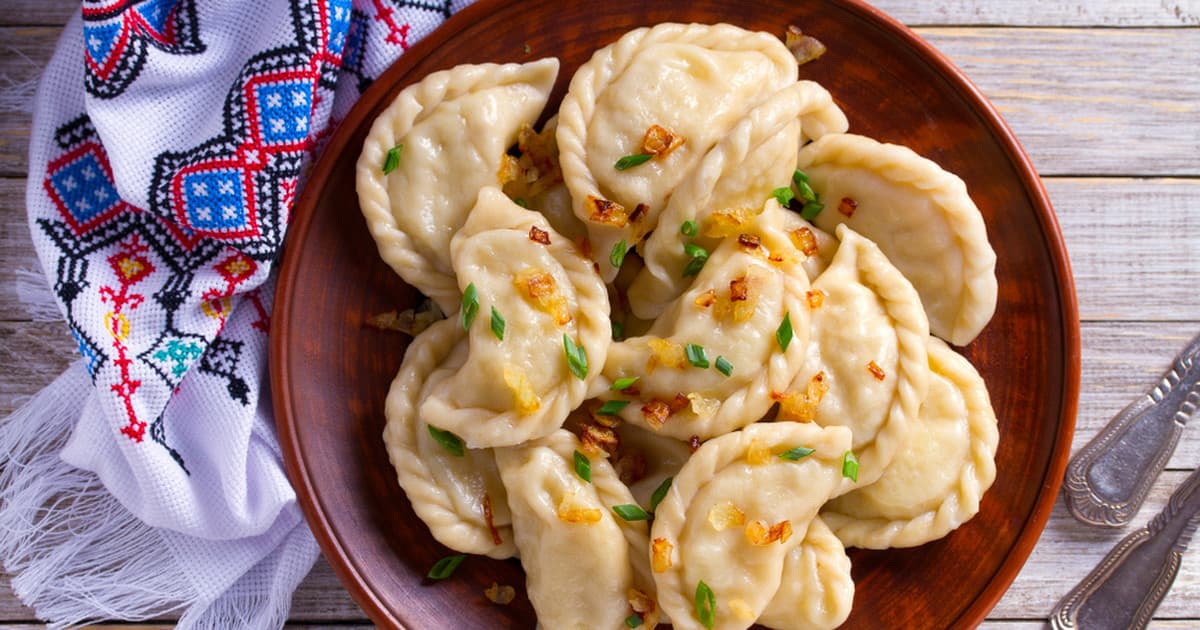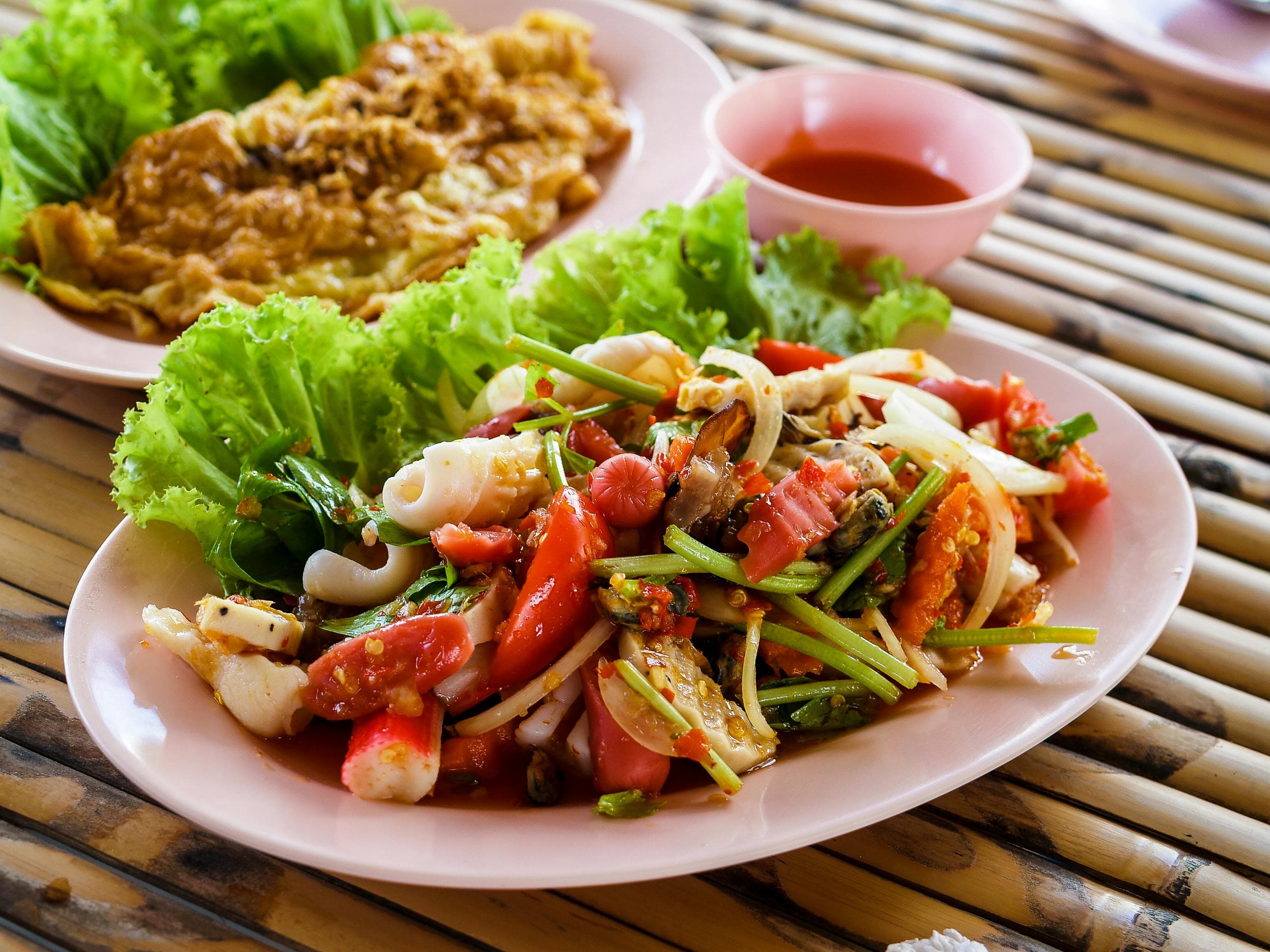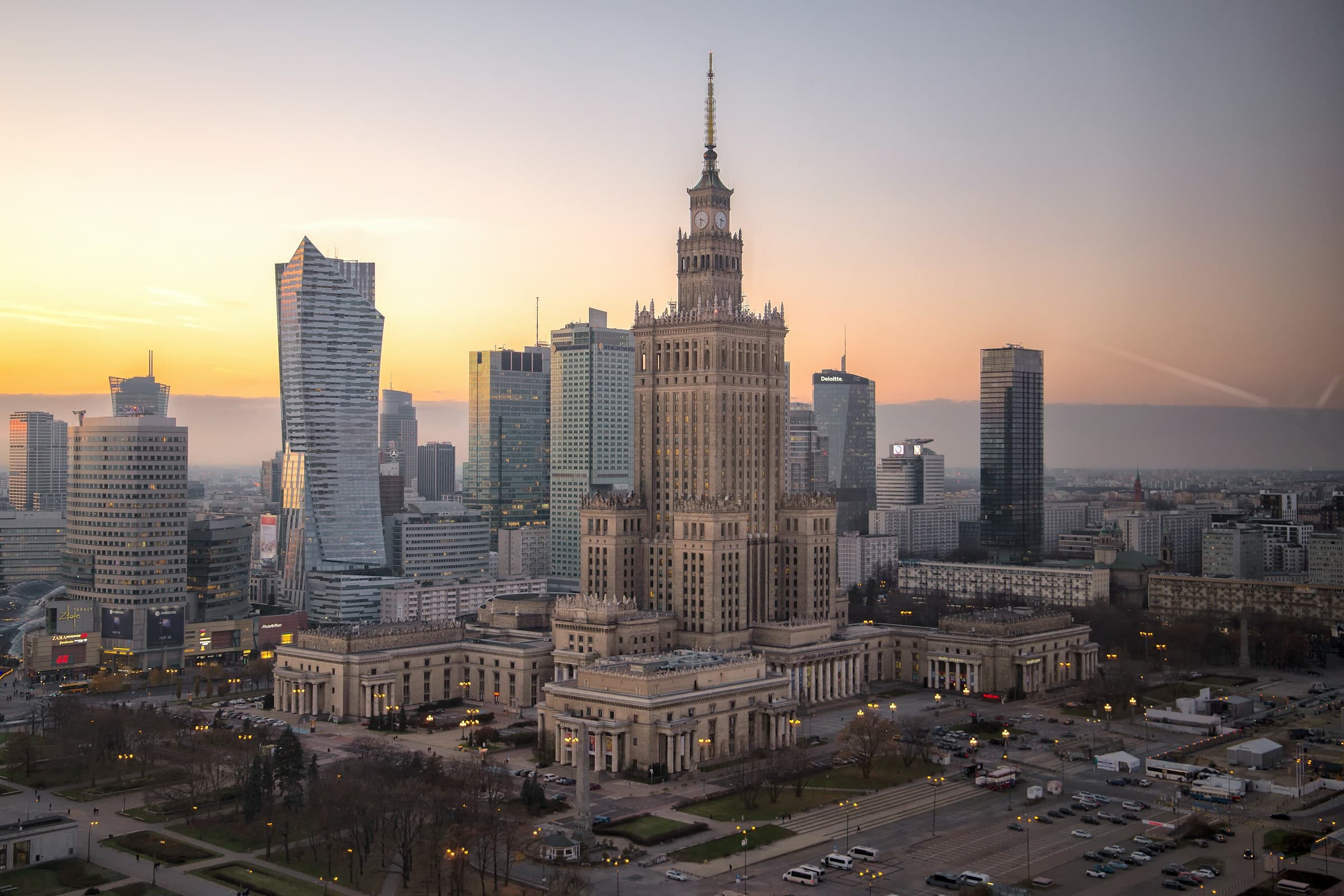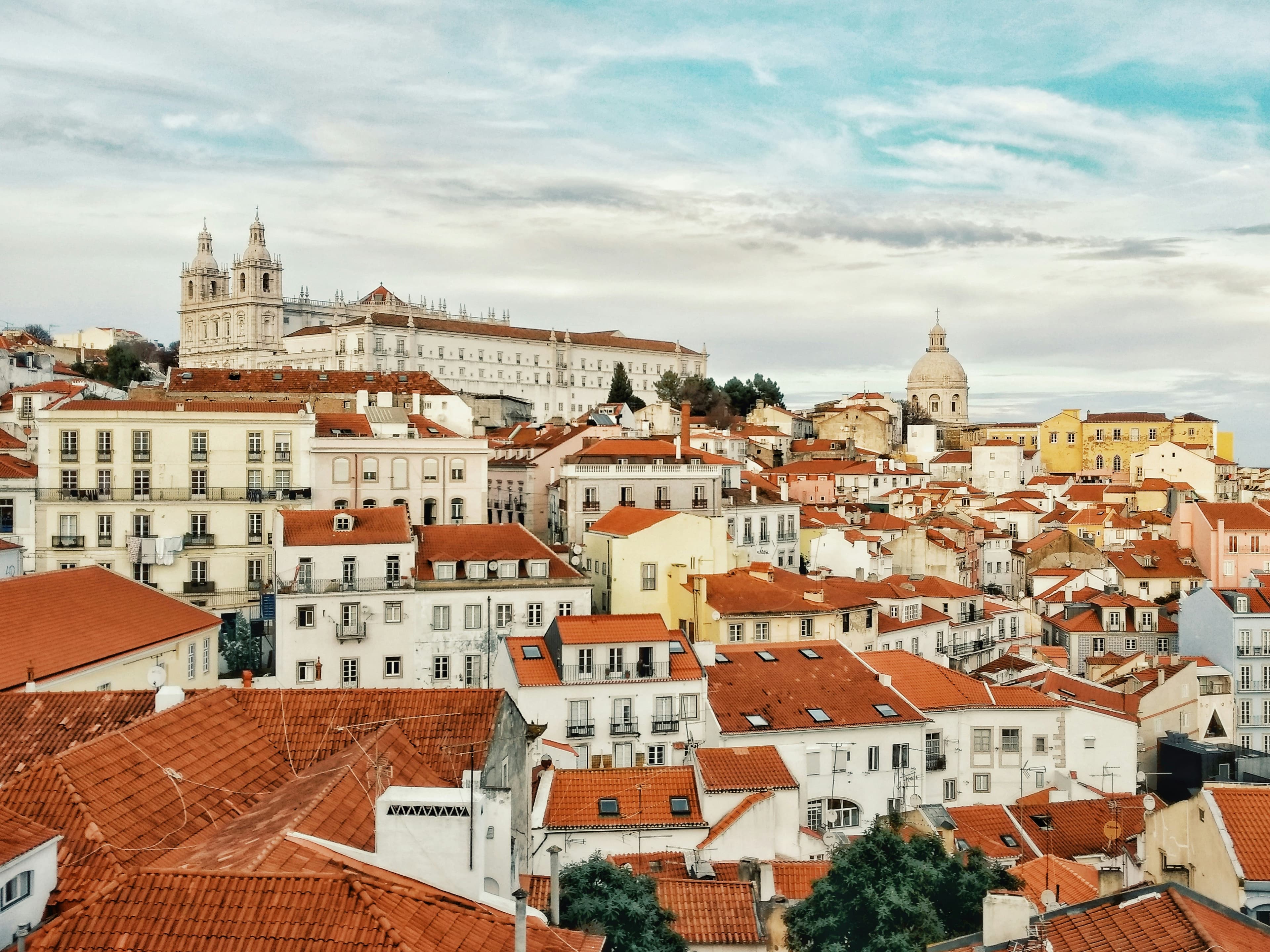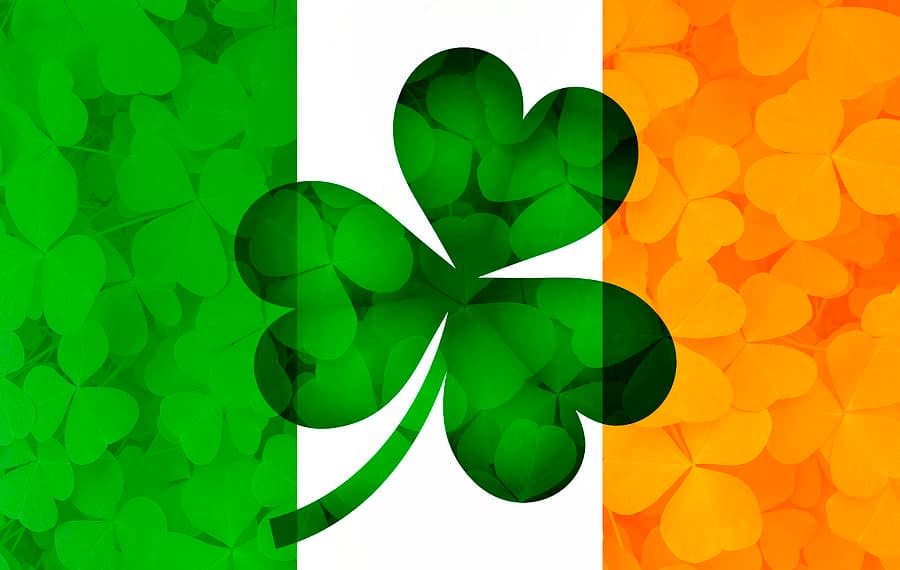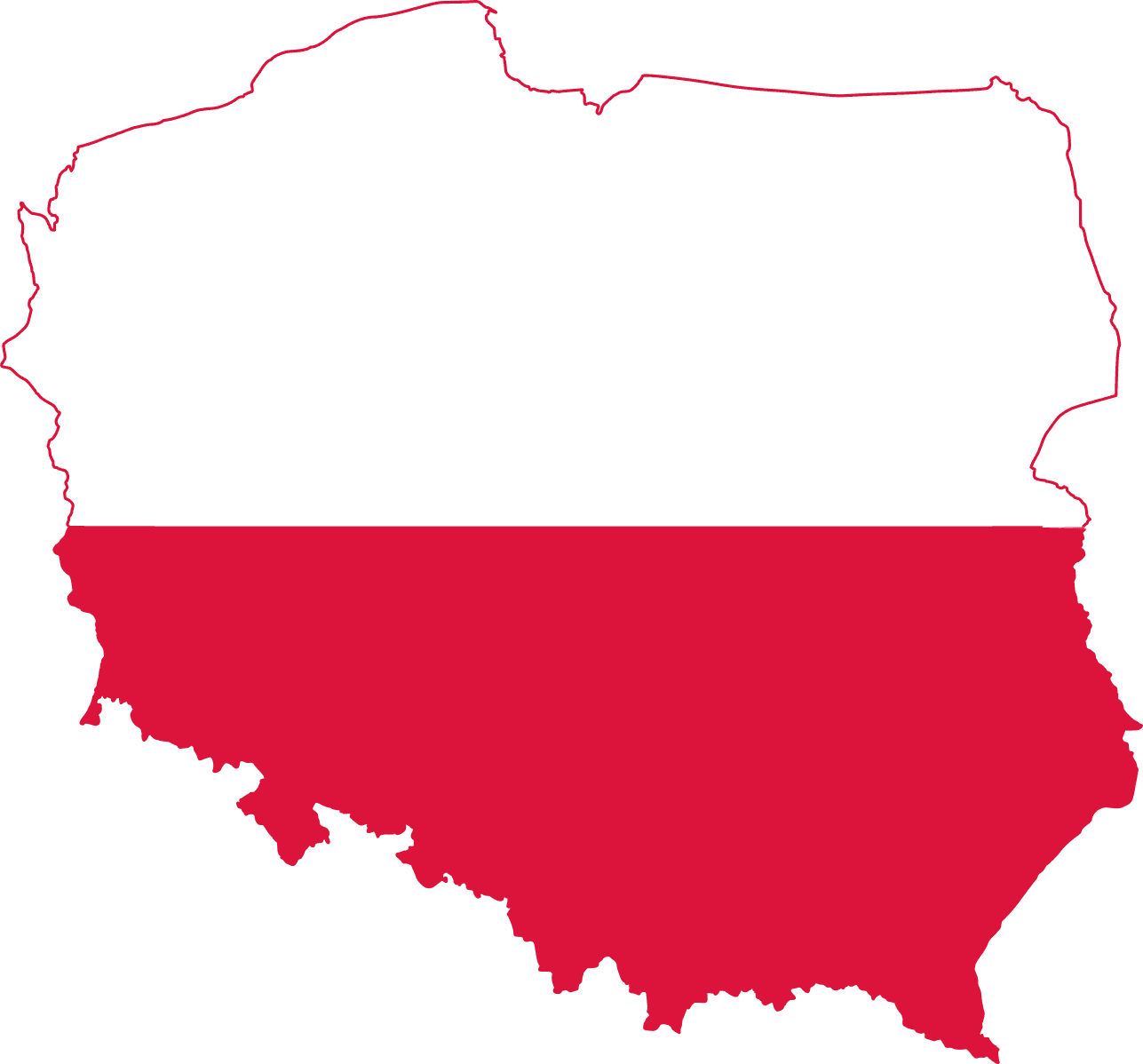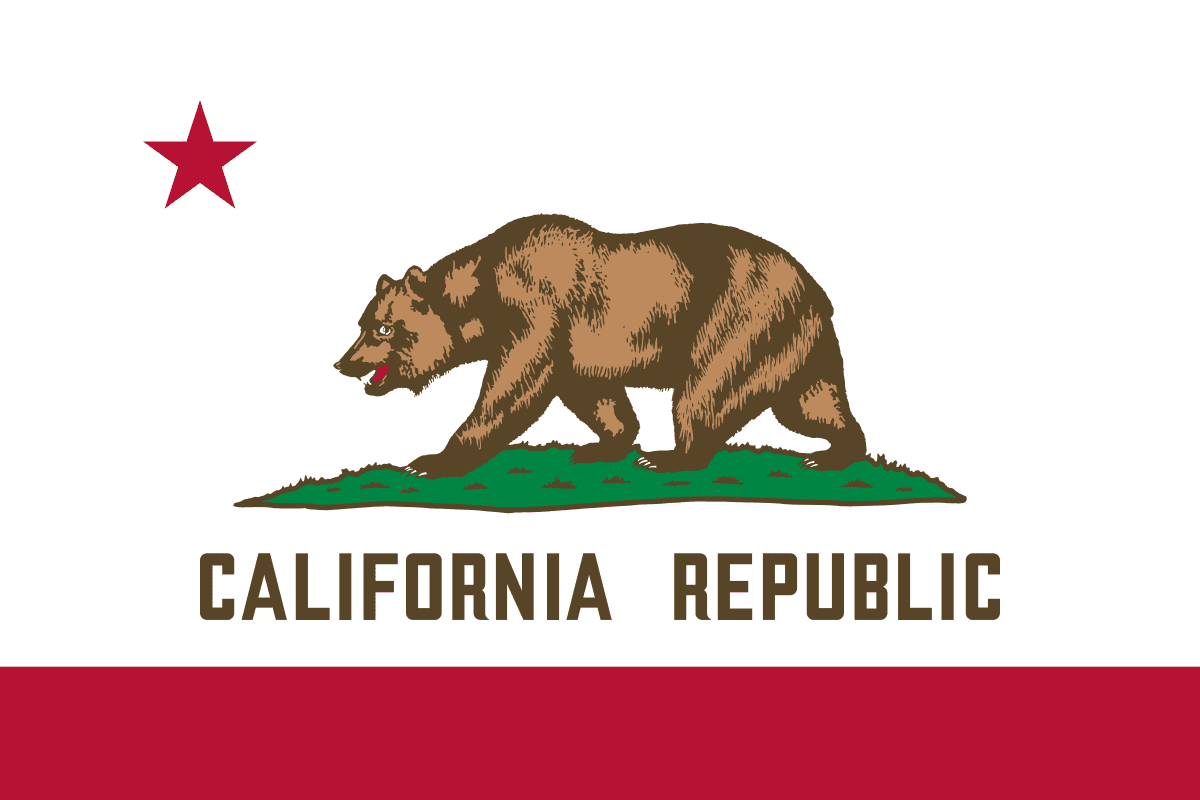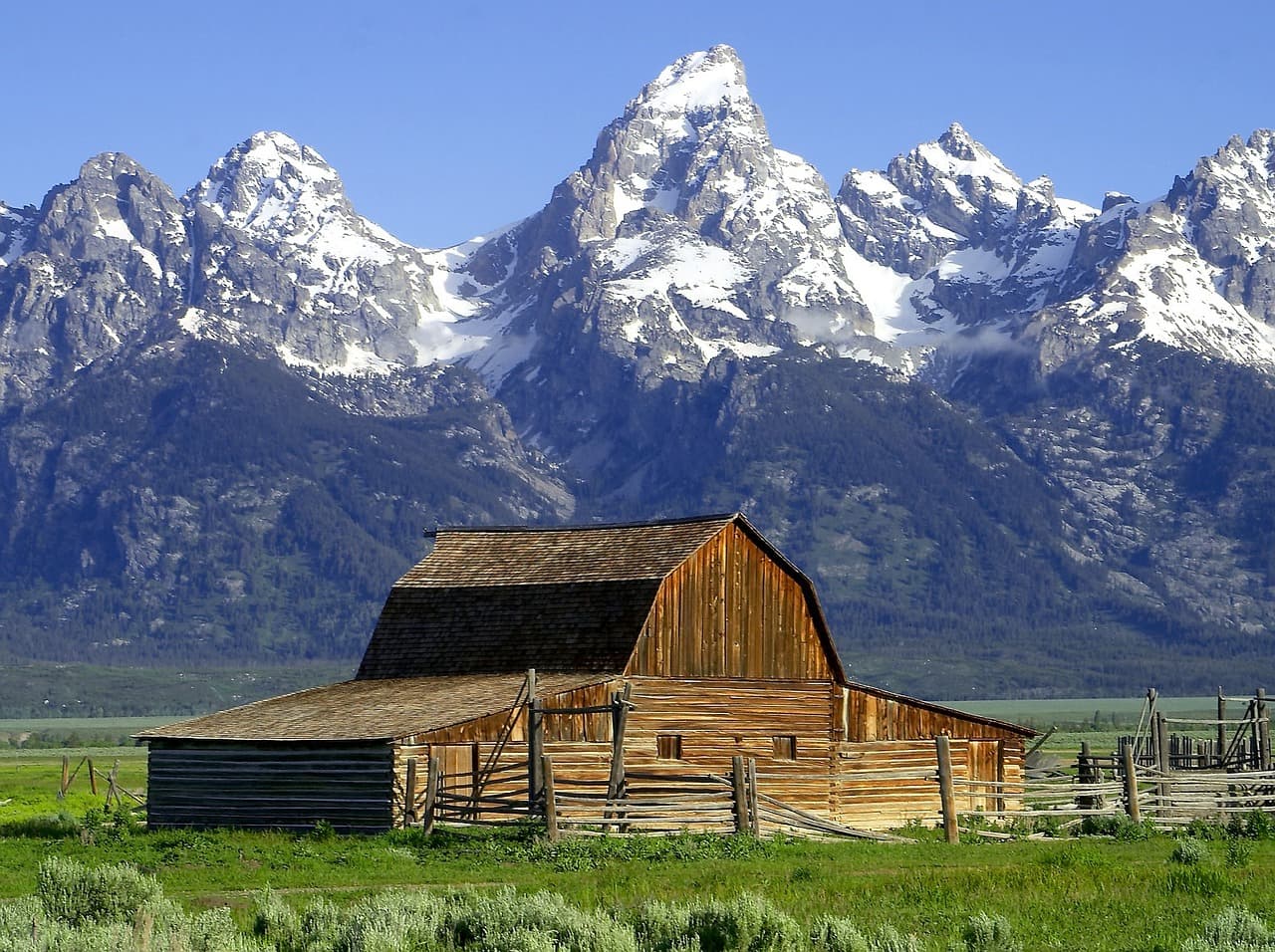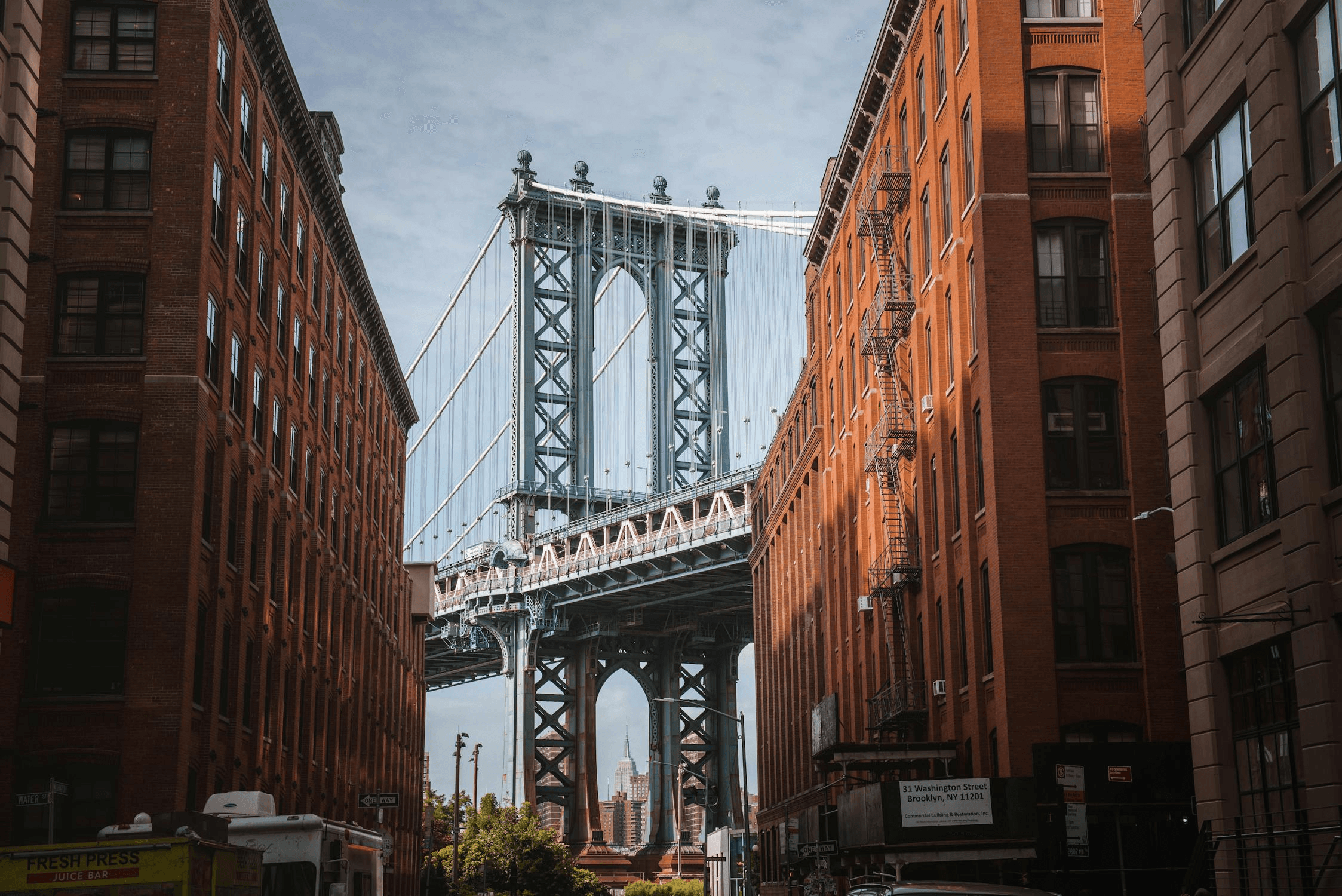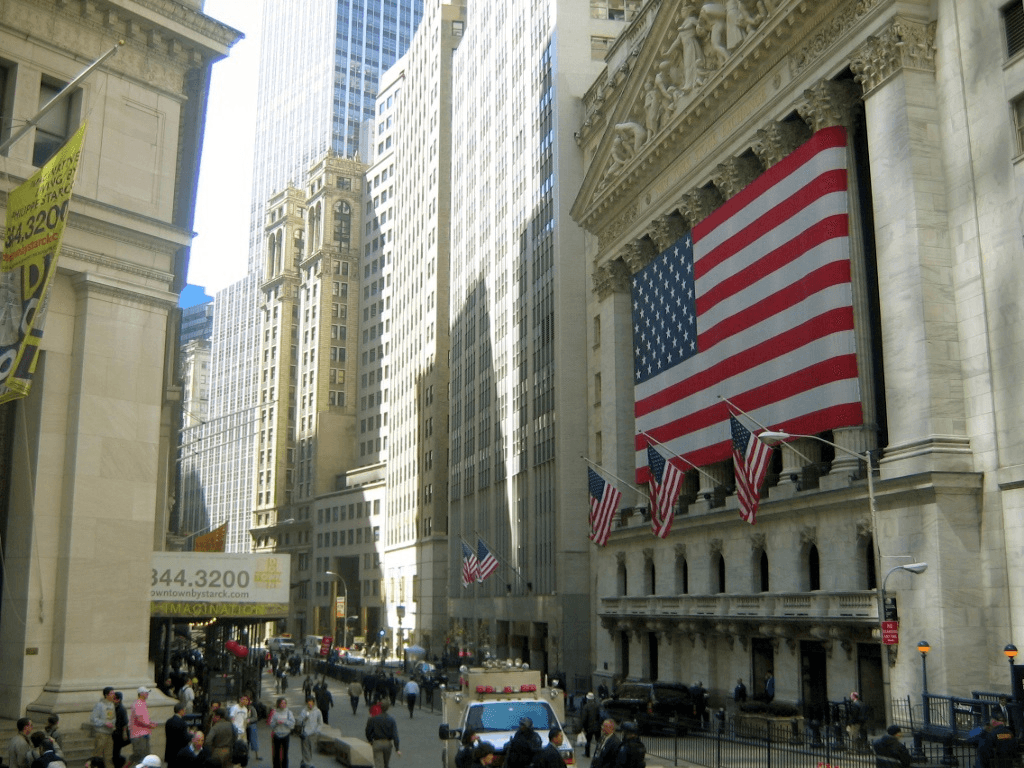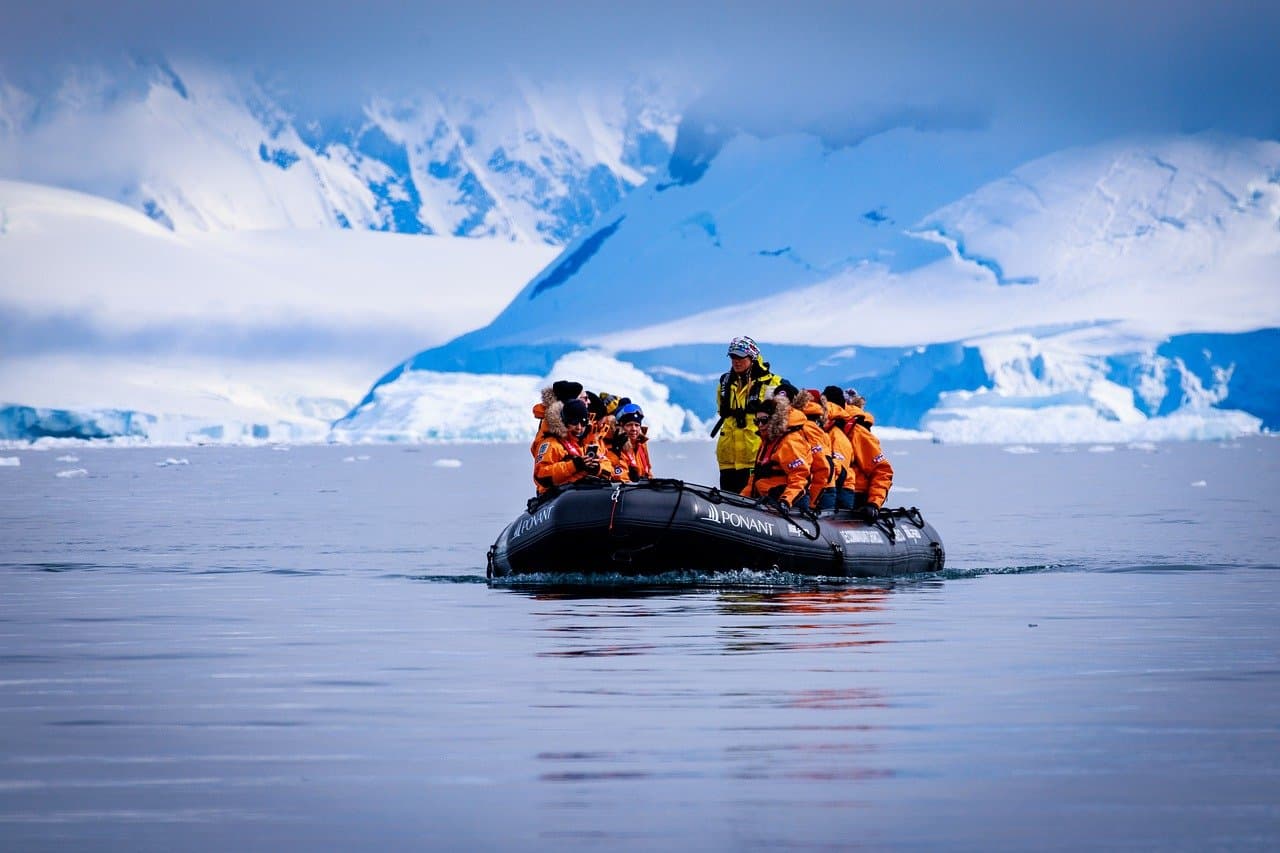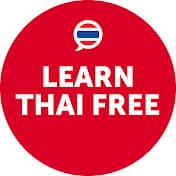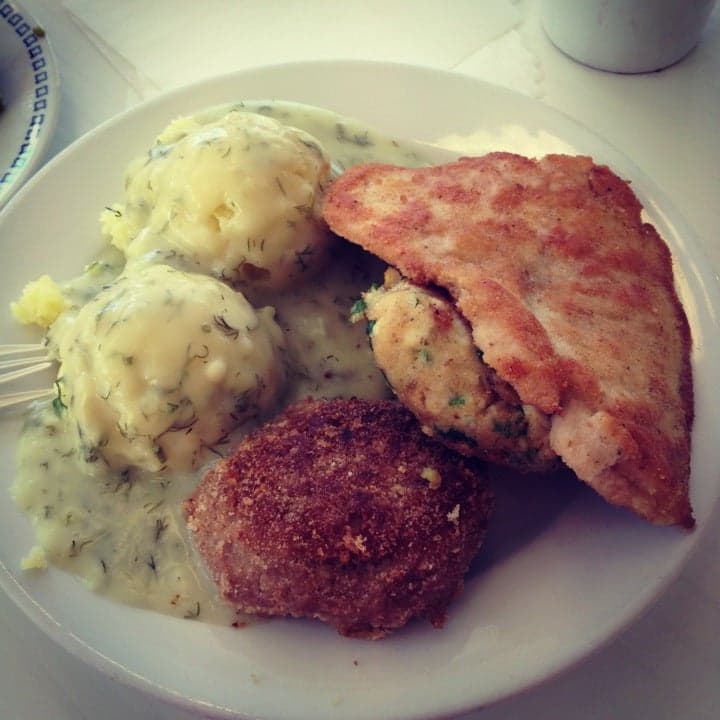Bangkok, Thailand vs. Slovenský raj National Park
Bangkok, Thailand
Bangkok is the capital of Thailand and its biggest city. It sits along the Chao Phraya River in central Thailand, spreading out over a large area with nearly 9 million people living in the city itself and over 17 million in the surrounding region. It’s a place that mixes old traditions with modern life. On one side, you’ve got ancient temples like Wat Pho and Wat Arun, and on the other, you’ve got massive shopping malls and skyscrapers. The city has been around for a long time, starting as a small trading post in the 15th century. It became the capital in 1782 when King Rama I moved it to the eastern bank of the river. Over the years, Bangkok has seen a lot—colonial pressures, modernization, political protests, and economic growth. It really took off in the 1980s and 1990s when foreign companies started setting up shop there. Bangkok is known for being busy and full of life. The streets are packed with cars, motorbikes, and tuk-tuks, which often leads to heavy traffic. Despite effort...
Slovenský raj National Park
Slovenský raj National Park is one of Slovakia’s most stunning natural areas. The name means "Slovak Paradise," and it fits—the park is a maze of deep gorges, waterfalls, and dense forests, crisscrossed by ladders, wooden bridges, and chain-assisted pathways that turn hiking into an adventure. If you like nature with a bit of adrenaline, this place is for you. The park is in eastern Slovakia, covering nearly 200 square kilometers of rugged limestone terrain. Over centuries, the Hornád River and its tributaries carved dramatic canyons and ravines into the landscape. The most famous of these is Suchá Belá, a gorge with wooden walkways and metal ladders leading past waterfalls. Prielom Hornádu, a breathtaking river canyon, is another highlight, where hikers traverse cliffside ledges and wade through the river itself. One of the most famous viewpoints is Tomášovský výhľad, a rocky outcrop offering sweeping views over the Hornád valley. Rock climbers love it, but you don’t need ropes...
Reviews
Reviewed on 2/23/2025
It took me a good few trips to adapt but not I absolutely love this city.
Reviews
Reviewed on 2/28/2025
| Item | Votes | Upvote |
|---|---|---|
| Delicious street food everywhere | 1 | |
| Very affordable | 1 | |
| World's biggest bazaar | 1 |
| Item | Votes | Upvote |
|---|---|---|
| Not walkable | 1 |
| Item | Votes | Upvote |
|---|---|---|
| Beautiful | 1 | |
| Great for the adventurous | 1 |
| Item | Votes | Upvote |
|---|---|---|
| Can be scary | 1 |
Frequently Asked Questions
While Bangkok offers a vibrant urban experience with cultural attractions and street food, it is not primarily known for adventure activities. In contrast, Slovenský raj National Park is specifically designed for adventure seekers, featuring hiking trails with ladders and bridges, dramatic gorges, and opportunities for rock climbing. Therefore, for those seeking adventure, Slovenský raj National Park is the better choice.
Bangkok provides a rich cultural experience with its mix of ancient temples, bustling markets, and vibrant street life, making it a unique urban destination. Slovenský raj National Park, while beautiful and adventurous, is more focused on natural landscapes and outdoor activities rather than cultural experiences. Thus, for a unique cultural experience, Bangkok is the superior option.
Bangkok is renowned for its delicious and diverse street food, which is a major draw for visitors. On the other hand, Slovenský raj National Park is celebrated for its stunning natural beauty, including waterfalls, gorges, and wildlife. The comparison depends on personal preference: if you prioritize culinary experiences, Bangkok is better; if you value natural beauty and outdoor adventures, Slovenský raj National Park is the way to go.
Bangkok offers a variety of family-friendly activities, including cultural sites, shopping malls, and entertainment options. However, it can be overwhelming due to traffic and crowds. Slovenský raj National Park, while beautiful and adventurous, may not be suitable for very young children due to its challenging trails and heights. For families, Bangkok may provide a more balanced experience, but it depends on the family's interests.
Pros of Bangkok, Thailand include delicious street food available everywhere, affordability, and being home to the world's biggest bazaar. However, a notable con is that the city is not very walkable, which can make getting around challenging.
Bangkok, Thailand is known for its vibrant culture, bustling street life, and a mix of ancient traditions and modernity. The city features famous landmarks such as the Grand Palace, Wat Pho, and Wat Arun, as well as a lively street food scene and extensive shopping options, including the world's biggest bazaar.
Bangkok has a rich history that dates back to the 15th century when it started as a small trading post. It became the capital of Thailand in 1782 when King Rama I moved it to the eastern bank of the Chao Phraya River. Over the years, Bangkok has experienced significant changes, including colonial pressures, modernization, and economic growth, particularly during the 1980s and 1990s.
Transportation in Bangkok can be challenging due to heavy traffic, with streets often packed with cars, motorbikes, and tuk-tuks. While there have been improvements in public transportation, including skytrains and subways, traffic jams remain a common issue. The city is not very walkable, which can make navigating it more difficult.
Popular attractions in Bangkok, Thailand include the Grand Palace, Wat Pho, and Wat Arun. Tourists also flock to markets like Chatuchak and various floating markets, as well as Khao San Road, which is known for its budget hostels, bars, and street vendors.
The nightlife in Bangkok, Thailand is vibrant and diverse, offering everything from lively bars to well-known red-light districts. The city comes alive at night, providing a range of entertainment options for both locals and tourists.
Slovenský raj National Park, meaning 'Slovak Paradise,' is known for its stunning natural beauty, featuring deep gorges, waterfalls, and dense forests. The park offers adventurous hiking experiences with ladders, wooden bridges, and chain-assisted pathways, making it a popular destination for nature lovers and thrill-seekers.
Pros of visiting Slovenský raj National Park include its beautiful landscapes and the adventurous hiking opportunities it offers. However, a con is that some of the trails can be scary for those who are not accustomed to heights or rugged terrain.
Slovenský raj National Park is home to a diverse range of wildlife, including brown bears, wolves, lynxes, and golden eagles. The park's dense forests and meadows also support rare flowers and one of the highest concentrations of butterflies in Slovakia.
Main attractions in Slovenský raj National Park include the Suchá Belá gorge with its wooden walkways and metal ladders, the breathtaking Prielom Hornádu river canyon, and the famous viewpoint Tomášovský výhľad. Additionally, the UNESCO-listed Dobšinská Ice Cave, known for its massive ice formations, is a must-visit.
The best time to visit Slovenský raj National Park is during the summer months when the weather is ideal for hiking. However, it also attracts visitors in winter when the trails are transformed into cross-country ski routes, offering a different way to experience the park's beauty.
